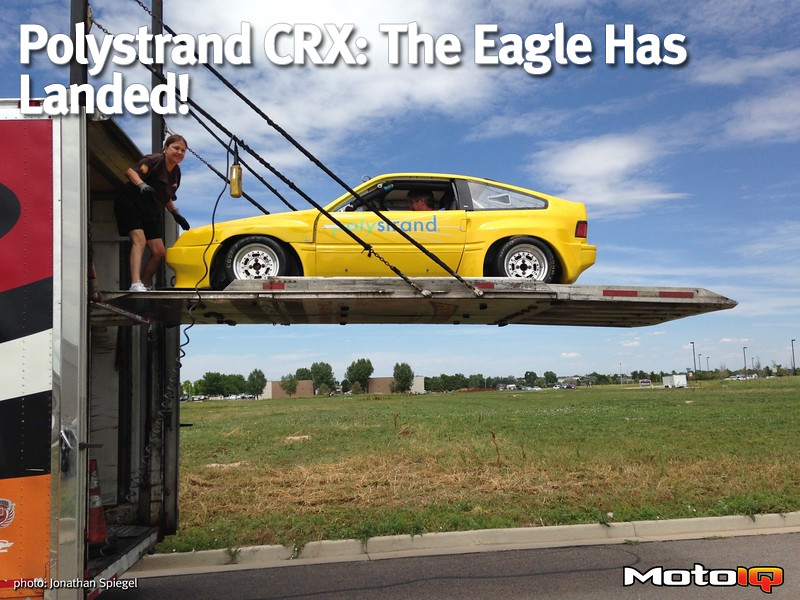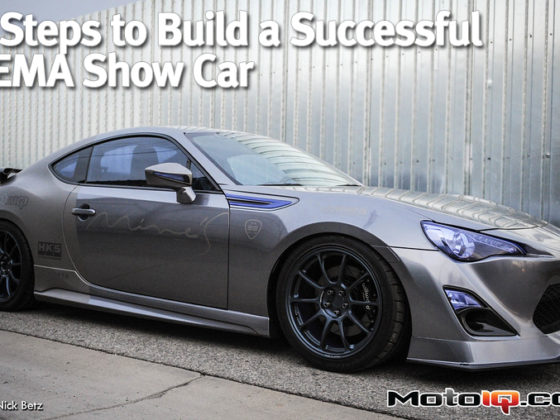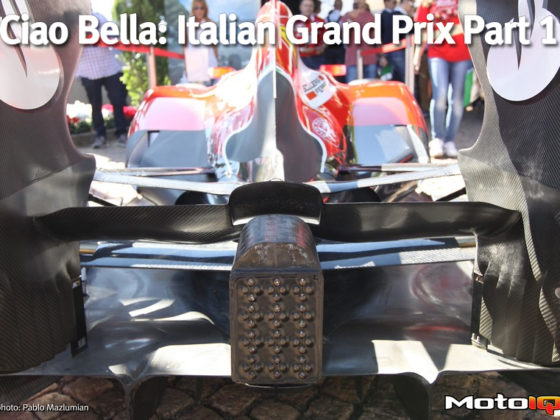,
 Fast forward to the current configuration – this is what the system looks like with the IRS module installed. The covers have been removed, so now you can see the fuel cell and battery compartment that is preventing us from moving the IRS assembly forward. Also note that the rear cage no longer makes sense, since it’s only tied to the flimsy wheel wells at this point. All that is about to change.
Fast forward to the current configuration – this is what the system looks like with the IRS module installed. The covers have been removed, so now you can see the fuel cell and battery compartment that is preventing us from moving the IRS assembly forward. Also note that the rear cage no longer makes sense, since it’s only tied to the flimsy wheel wells at this point. All that is about to change.Once we realized that we needed to shorten the wheelbase, we ran into an immediate problem. The new IRS was mounted as far forward in the chassis as we could get it in the current configuration. We were right up against the fuel cell and battery compartment. After looking at the available space, Tony found that we could rotate the fuel cell 90 degrees, since it was mounted lengthwise in the chassis. This would give us plenty of room to move the IRS assembly forward, and maybe even leave us some extra space to have better access to the front of the suspension module for easier adjustment.
First things first, we put the car up on jackstands at all four corners. We unbolted the IRS module, and removed the battery and fuel cell, along with the pumps and surge tank that were located in the compartment. After looking at the layout of the framework and the cage in the rear, along with the bent unibody, I didn’t think we’d be able to work with the structure we had without a lot of modifications, so, basically, I broke out the torch, sawzall, and grinder and went to work. All of the framework that Tony and Chris at Rassini had fabricated, along with the fuel cell compartment and all of the cage behind the main hoop, was extracted. We’ll definitely re-use most of that custom framework, but we’re going to create a stout frame structure to mount it to.
 Here’s a shot with just about everything removed. Ignore the unpainted tube on the left, its just leaning against the main hoop so we can get an idea of how much length we’ll need for the new down-tubes.
Here’s a shot with just about everything removed. Ignore the unpainted tube on the left, its just leaning against the main hoop so we can get an idea of how much length we’ll need for the new down-tubes.After cutting away everything in the back, I found that there really wasn’t anything in the chassis to mount frame rails to, so the first order of business was to install a crossmember into the main hoop. Once that was done, I installed two frame rails extending straight back from the crossmember, being careful to insure that the rails were parallel to each other, and level from left to right, as well as being centered in the car. You’ll note that the rails only extend far enough back to allow the mounting of the IRS. Anything longer would just add additional weight. We’ll build a lighter structure to attach to and reinforce the rear bodywork. Next, I installed two new down-tubes from the top of the main hoop down to the new frame rails, and finished with a diagonal tube between the two. This additional diagonal isn’t required by the rules, since there is already a diagonal in the main hoop, but the added stiffness will provide lateral support for the new frame rails. Now that we’ve got a rigid structure in the rear, we’ll be able to pull the rear bodywork back to the right and attach it to the new frame rails.
 The off-white rectangular tube came from a piece of decommissioned equipment at work – it was exactly the size we were looking for. Here’s a view from the front, of the new crossmember welded into the main hoop of the cage.
The off-white rectangular tube came from a piece of decommissioned equipment at work – it was exactly the size we were looking for. Here’s a view from the front, of the new crossmember welded into the main hoop of the cage. A picture from the rear, showing the crossmember along with the new frame rails being mocked up. The rails were assembled on a flat surface and tacked together with temporary braces to keep them parallel and square. Those braces will be removed later.
A picture from the rear, showing the crossmember along with the new frame rails being mocked up. The rails were assembled on a flat surface and tacked together with temporary braces to keep them parallel and square. Those braces will be removed later.


